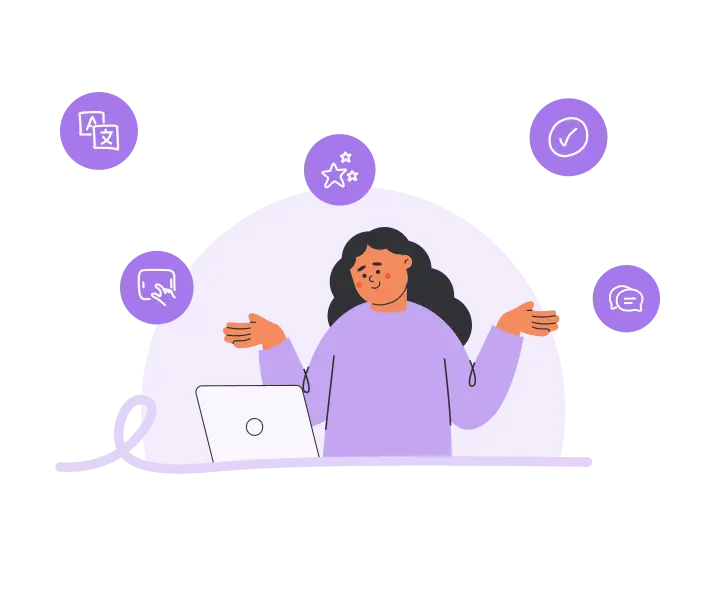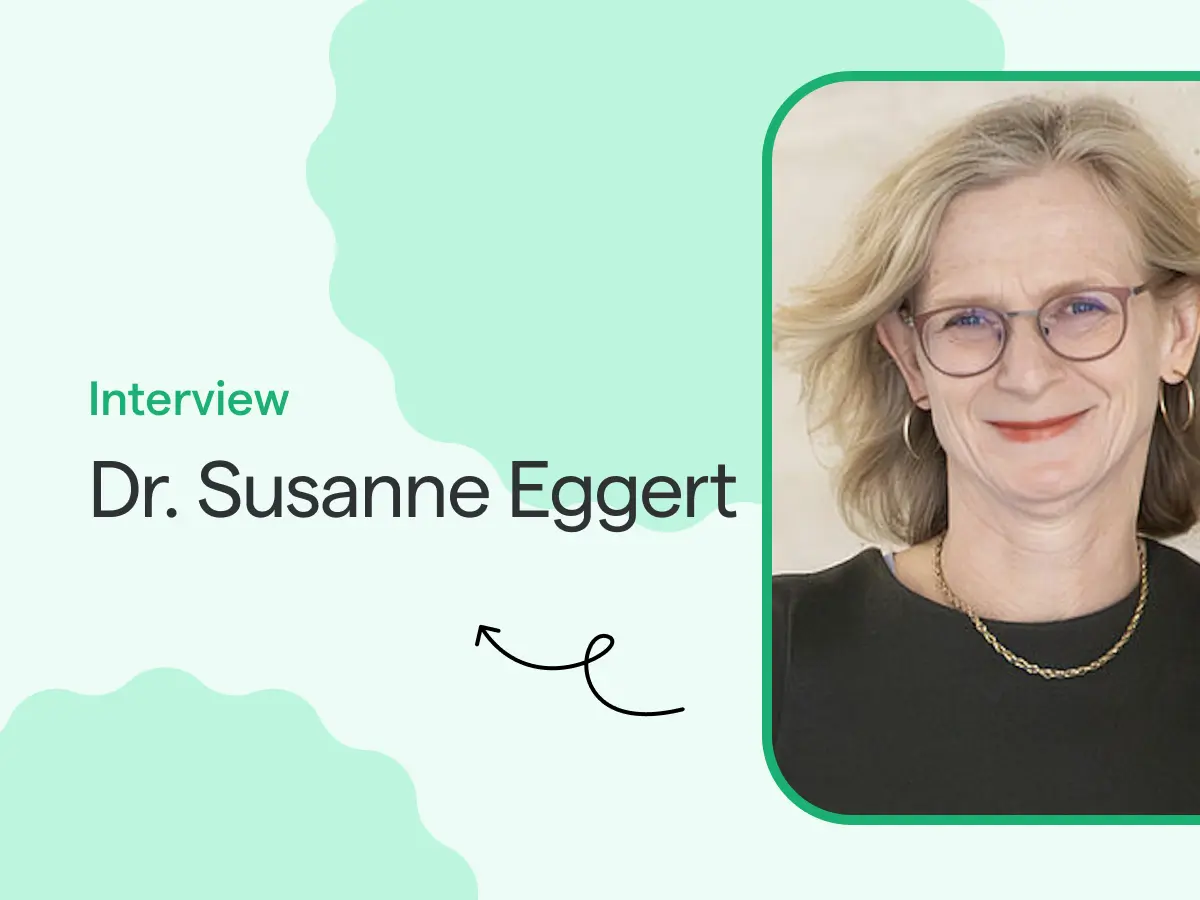settings
children
With Famly since
Say you’re three and you’ve just built the tallest Duplo tower in the world. An achievement like that surely deserves documenting, and you know just how to do it. You find your nearest teacher and proudly tell them to take a photo so that your outstanding creation can be preserved forever. “Send it to Daddy, too,” you remind them.
Enabling children to celebrate their achievements like this didn't start with digitisation in the Early Years - who doesn’t remember proudly wielding their artwork to a parent at pick-up, desperately hoping it makes it into the prestigious fridge gallery - but technology certainly makes it quicker and easier. And what’s more, it’s a great way to introduce media literacy and consent to younger children.
My colleague Maurice spoke with Dr. Susanne Eggert, who heads the research department at the JFF – Institute for Media Education in Research and Practice – and has been working with media in early childhood for many years. Her advice is to involve children in their digital documentation as much as possible, supporting them with clear, age-appropriate language.
This interview is translated from the original German.
The big ideas
Children are constantly surrounded by digital media, so should Early Years settings remain media-free?
“I hear that often. But we have to remember: children are not navigating this media world by choice. That’s why I believe early years settings should be spaces where children learn how to engage with digital media in a conscious and guided way — instead of pretending it doesn’t exist.”
How do children react to educators in their settings using an iPad?
“Children notice it right away — they know exactly what’s going on. Some say on their own, "Please take a photo and send it to my mum." Studies have also shown this. In our family media monitoring with children ages one to four, we have repeatedly heard that children themselves want their experiences photographed and sent. They understand how the device works.”
Should children be actively involved when their experiences are being documented?
“Absolutely. If a child shows interest, they also have the right to be properly supported in their media acquisition. I'm in favour of being really clear with children: "We sometimes take photos so your parents can see what you're doing here." But only with the child’s consent. Documentation should never happen over the child’s head or against their will.”
What does involving children with their own observations look like in practice?
Using clear, age-appropriate language supports children’s understanding of what you’re doing and why.
- Consent: “Can I take a photo of you in the tree? I’d like to send it to your dad.”
If the child says no, respect it. You can still describe what happened, and you’re teaching children that their ‘no’ matters. - Clarity: “Look, you can see the photo here, in the app. Dad can see it on his phone too.”
Show children where the photos and videos of them are so that they can see them again and share their achievements with their family.
- Collaboration: “Of course I’ll take a photo of your castle - how should we do it? Will you press the button? Which photo should we use? Shall we send it to Grandma?”Embrace children’s interest in being part of the process and celebrating their own achievements. Just as we support children to display their work on the walls of our rooms, they can participate in digital documentation too.

There is concern that digital media is replacing other activities - what do you think?
“I see that professionals are very conscious about when and how they use digital media. That's also part of media literacy—knowing when it's helpful and when it's not.”
So, what does child-friendly use of digital media look like?
“We should embrace the media experiences children already bring with them — and help them process and explore them further. The setting of the future opens up creative possibilities for children; there are great apps for painting, filming, and telling stories.
Say I plant a bean with children — we can observe it growing in a glass jar, and at the same time, record a time-lapse video with the tablet. One complements the other”
What are the key differences between pure media consumption and creative media use?
“When I use an app with a child that allows us to draw, reflect, and build something together, that’s a very different experience than simply watching a video. It's about accompanying the process.
What advice would you give to educators using technology in Early Years settings?
“It's perfectly fine to document things with a tablet. We used to have cameras, too. It's just important to be aware of the following: Do I really need to take this photo? Do I need all 15 images, or is one enough? Also, from a sustainability perspective.
If you're unsure, get support. There are many experts who can help. You don’t have to figure it out alone — but everyone should think critically and use the opportunities digital media can offer.”
Get a personal demo now
Get a guided 1-on-1 tour of the whole platform. See what features are the best fit for you, and ask us as many questions as you like.
Book free demo










